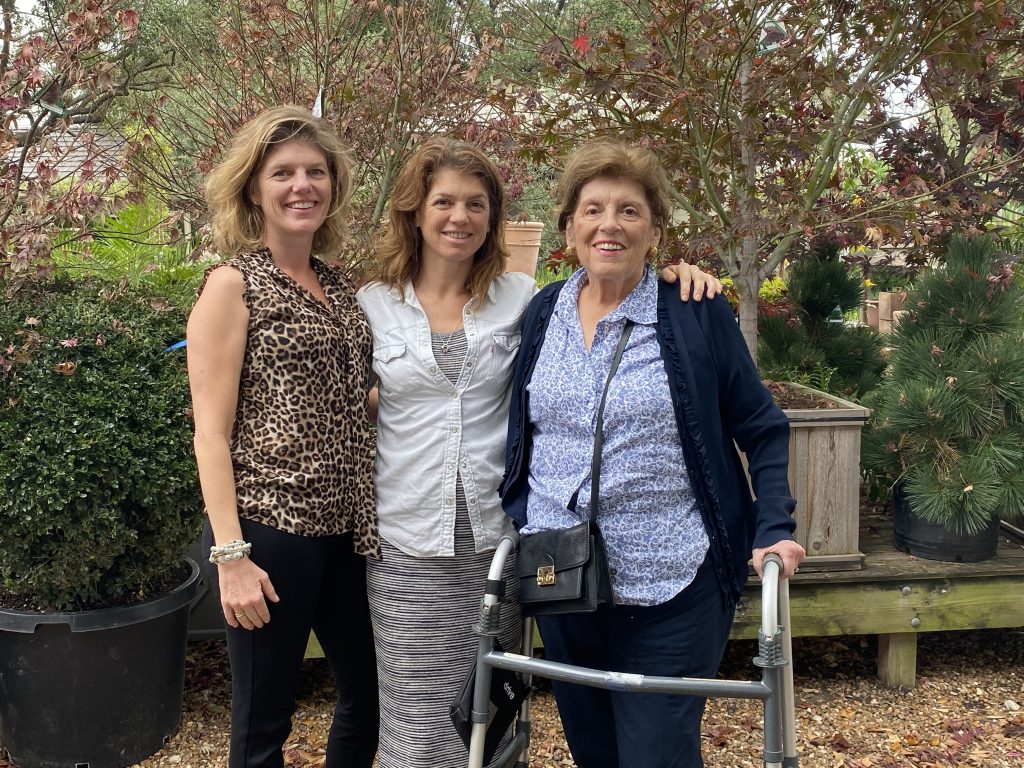My CMT Story


Susan Ruediger
Co Founder & Chief Mission Officer
I am the 6th generation in my family with CMT. I wish that was unusual but it is not. The odds of passing CMT to your child are about 50/50. As far as I know, I did not pass it to my own daughter, but won’t know for certain until she undergoes genetic testing in the coming years.
Before I knew I had CMT, I knew I was different from other kids. I never learned how to do a cartwheel and keeping up physically with friends was impossible. I was usually chosen last for the teams in PE and was always out first in dodge ball. Once diagnosed, I continued tripping through life, on my college campus, in my travels and usually opted for a first-floor apartment. About one quarter of my life now is lived in leg braces.
But it was watching my grandmother, mother, aunts and uncles’ bodies deteriorate over time from CMT that set me off on a mission to find out why there is no end to the sadness of CMT. I was driven to end my family’s legacy of CMT.
I sought CMT experts and eventually found researchers (whose life’s work was dedicated to CMT) who showed me a video of rats induced with CMT. Seeing them was transformational. The rats had hammer toes, like me. They fell off the balance beam, like me. They had drop foot, like me.
I wondered at that moment that if rats could be genetically modified to have CMT, could they be modified to eliminate CMT? The next ten years were spent learning everything about CMT, about drug development and the approval process and meeting the CMT community.
What I learned along the way is this: The only reliable source of funding to find CMT treatments and cures are families that are somehow impacted by CMT. That’s a fair number given that CMT affects 150,000 Americans and nearly 3 million people around the world. But not everyone contributes, so the dollars we are able to gather are precious and essential to funding research.
That is why in 2018, Patrick Livney and I founded the CMT Research Foundation. We looked at all of the efforts to find a cure but discovered a lack of transparency and lack of sharing (about wins and losses) and a passive acceptance that all that could be done for a CMT cure was being done. So not true. Research on CMT is chronically underfunded. For example, the National Institutes of Health invests nearly $39.2 billion annually in medical research. Of that, ONLY $12 million was spent on CMT in 2018. Meanwhile, NIH spends $112 million annually on Multiple Sclerosis (MS) and $83 million on ALS. So, we have made it our mission to cut through any kind of red tape that prevents progress towards a cure.
While our primary mission to raise and assign funds towards a treatment of cure, we are also working diligently amongst the medical community, academia, the patient community, the pharma industry and the government to accelerate progress.
Join us in this vital battle. If CMT families do not step up to help ourselves, who will?
Address
4062 Peachtree Road
Suite A209
Atlanta, GA 30319
Phone Number
404.806.7180
